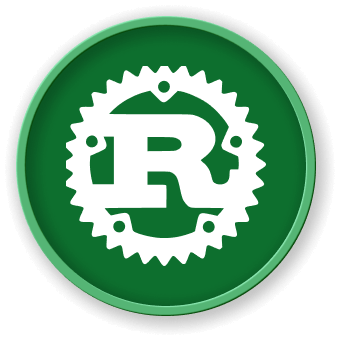Introduction
In this lab, we will be exploring structures in the Rust programming language. There are three types of structures ("structs") that can be created using the struct keyword: tuple structs, classic C structs, and unit structs. Tuple structs are essentially named tuples, C structs are the traditional structs found in C programming, and unit structs are field-less and useful for generics. We can define structs with multiple fields, such as Person which has name and age fields. Structs can also be reused as fields of another struct, as shown in the example of a Rectangle which consists of two Point structs representing the top left and bottom right corners. We can initialize structs using field init shorthand and access their fields using dot notation. It is also possible to destructure structs using the let binding. Additionally, the lab provides two activities - creating a function rect_area to calculate the area of a Rectangle using nested destructuring, and creating a function square that takes a Point and a f32 as arguments and returns a Rectangle with its top left corner on the point and a width and height corresponding to the f32.
Note: If the lab does not specify a file name, you can use any file name you want. For example, you can use
main.rs, compile and run it withrustc main.rs && ./main.



